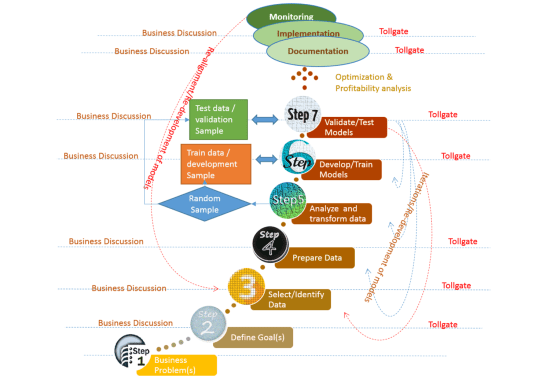Following primary steps should be followed in Predictive Modeling/AI-ML Modeling implementation process (ModelOps/MLOps/AIOps etc.)
- Step 1: Understand Business Objective
- Step 2: Define Modeling Goals
- Step 3: Select/Get Data
- Step 4: Prepare Data
- Step 5: Analyze and Transform Variables/Feature Engineering. Random Sampling
- Step 6: Model Selection and Develop Models (Training)
- Step 7: Validate Models (Testing), Optimize and Profitability
- Step 8: Implement Models and UAT -> Go Live
- Additional steps for continuous monitoring, audits and enhancement
- Document Methodology and Models
- Monitoring and Performance Tracking and improvement of the models and
- Make realignment according to the business requirements.

I have originally published this on RPubs https://rpubs.com/arifulmondal...



@AtanuChakraborty - thank you.
Precise illustration
Nicely articulated
@Prithwis De, PhD, CStat - thank you.